As losses from natural catastrophe and severe weather continue to rise around the world, analysts at investment bank Berenberg believe this means there is “no excess capital buildup among the traditional reinsurers,” leading them to anticipate a “strong-for-longer” reinsurance cycle.
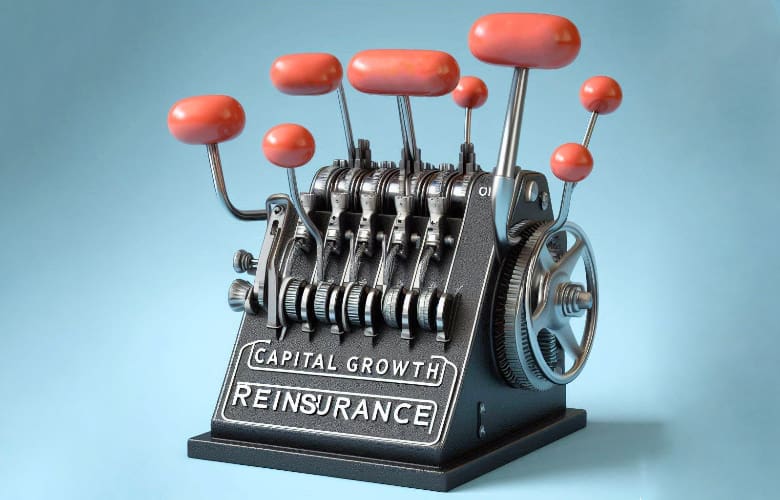 Given the strong performance of reinsurance as a sector over the last two years, Berenberg is getting questions about the reinsurance market outlook from the investors it provides equity analysis to.
Given the strong performance of reinsurance as a sector over the last two years, Berenberg is getting questions about the reinsurance market outlook from the investors it provides equity analysis to.
The company has developed a thesis, which it says points to a largely stable January 2025 reinsurance renewals, in terms of pricing.
That catastrophe losses continue to rise and the pace they are increasing at means any excess capital in the reinsurance system will be used up through rising demand for property catastrophe protection.
The Berenberg analyst team explains, “While it is difficult, given the annual volatility in global insured losses, to estimate a precise growth trend, we believe that the 10-year growth rate of 10.7% is a reasonable estimate of the trend growth in natural-catastrophe and large man-made losses.
“We believe that this growth is close to the growth in retained earnings of the traditional reinsurance sector, which means that excess capital is also growing at a moderate pace, and this supports our view that capacity in reinsurance is sufficiently tight to support another, third year, of hard cyclical pricing in 2025E.”
The analysts further said, “Our thesis is that the continuing growth of natural catastrophes (nat cats) at c10% per year means that there is no excess capital buildup among the traditional reinsurers, as demand for cover utilises the generated capital.”
Reinsurance brokers have been forecasting around $10 billion of new and incremenetal property catastrophe reinsurance demand at the January 1st 2025 reinsurance renewals.
But not everyone takes the same view as Berenberg, with analysts from Morgan Stanley having recently said that they believe property cat rates could generally trend down at 1/1 2025, given the amount of capital currently in the global reinsurance system.
The Berenberg analyst team say that another round of relatively stable renewal pricing could lead to an acceleration in underlying margins across the reinsurance space, “as the reinsurers will have, for the first time, the
tailwind of two years of hard markets to support earnings and buffers.”
They are also anticipating increasing discipline in primary markets, especially from mutuals, as the “double pressure” of higher natural catastrophe losses and elevated reinsurance costs force price increases to be installed, to protect insurer capital bases.
An interesting area of differentiation in Berenberg’s outlook, is that the analysts there believe it is possible that reinsurers may opt to use higher margins to boost their reserves, rather than to fund competition in the sector.
“We also believe that the ripple effect of a continuing hard market in reinsurance would also help to maintain pricing discipline in the rest of the insurance market, including in personal lines,” the analysts state.
There has been a lot of talk about the potential for reserve strengthening over this and the next quarter or so, which if this alongside capital repatriation to shareholders takes the excess out of the system, could bode well for a relatively stable rate environment in 2025.
As we reported yesterday, capital is demonstrating its appetite for reinsurance-linked returns in the catastrophe bond market right now, with the cat bond issuance pipeline already set to break the record from last year.
There is evidence of price softening in the catastrophe bond market, but also of some of the incremental demand coming to this market, with investors responding to deliver strong execution for sponsors.
We’ll need to wait a few more weeks to see more of the current cat bond market pipeline get priced, to really call whether there has been a meaningful decline in cat bond market multiples, or in the spreads above expected loss that deals have finalised at.
Interest rate volatility is seen as a consideration and here the Berenberg analysts point to investor appetite for insurance-linked securities (ILS), such as catastrophe bonds, industry-loss warrants (ILWs) and other alternative reinsurance investments.
Very low levels of interest rate are seen as likely to drive more capital to the cat bond and ILS market, amplifying reinsurance capital levels and potentially being detrimental to price.
However, right now the chances of further interest rate cuts, at any scale, seems less likely, given the economic situation and potential for inflation to return.
Instead, we’d put the continued and ongoing growth of cat bonds and ILS down to growing investor awareness and acceptance, an expanding sponsor base with cedents gaining an increasing appreciation for cat bond backed reinsurance, as well as the attraction to still historically high yields, as evidenced by the catastrophe bond market yield.
That still elevated level of yield potential in the catastrophe bond asset class also reads across positively to other areas of private ILS and more broadly reinsurance, so it is a good indicator for how attractive the space is to investors.
It’s also a key factor in driving the record level of catastrophe bond issuance again this year, no doubt.
But factors on the other end of the chain, around demand for catastrophe risk capital and protection are indeed helping to absorb some of the evident appetite capital is showing for reinsurance right now, so without that rising demand for cover the reinsurance sector would likely be looking at a much softer outcome than 2025 is currently predicted to see.



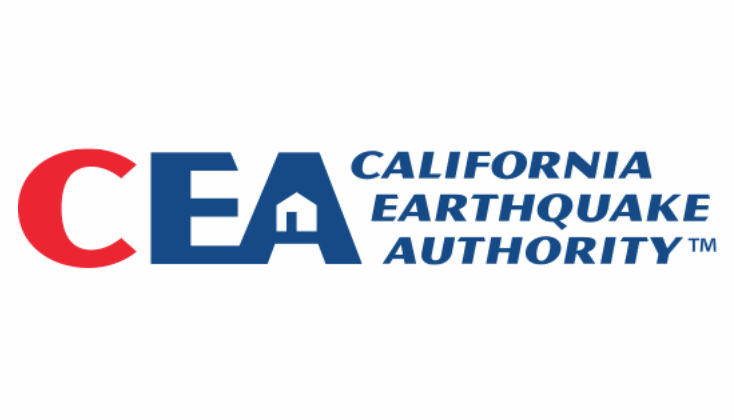



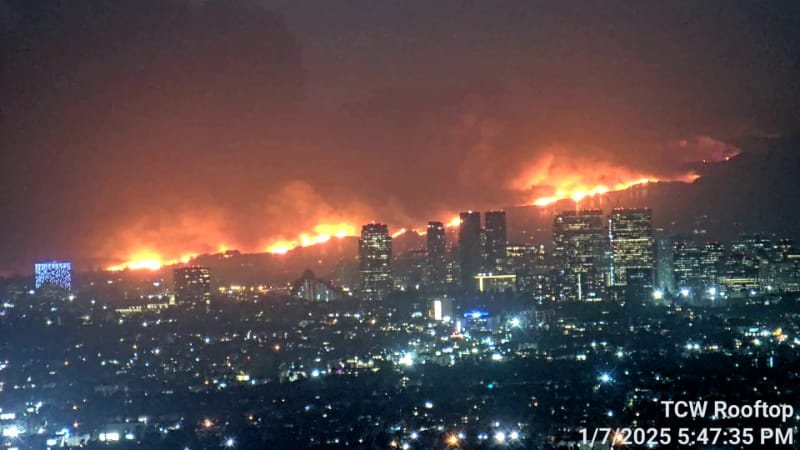


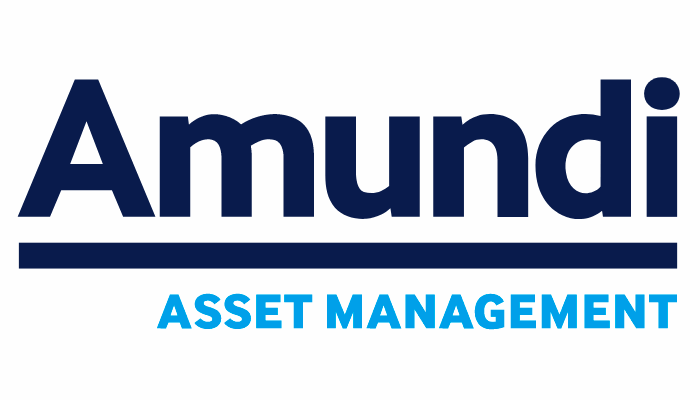

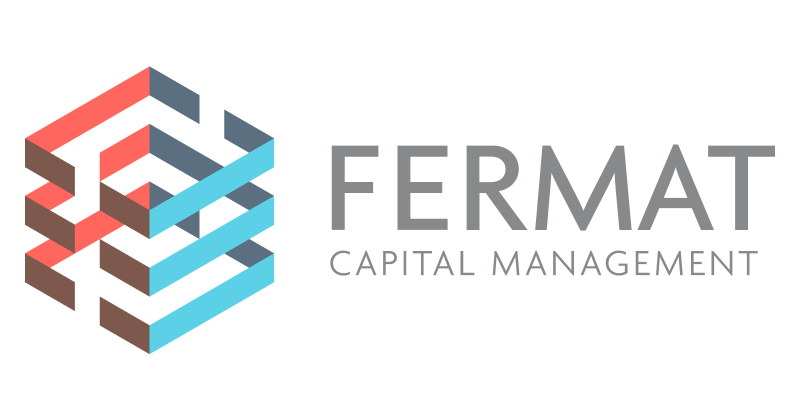








 English (US) ·
English (US) ·